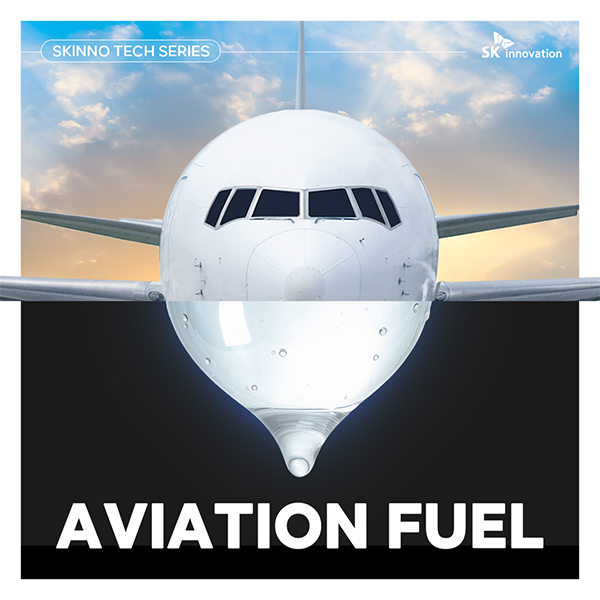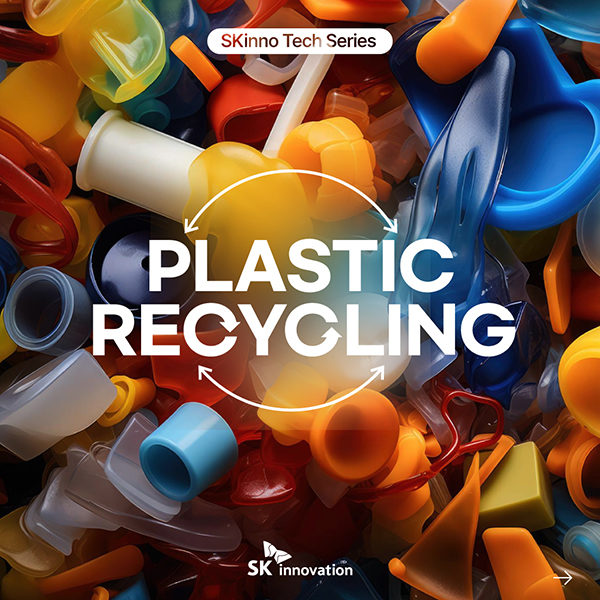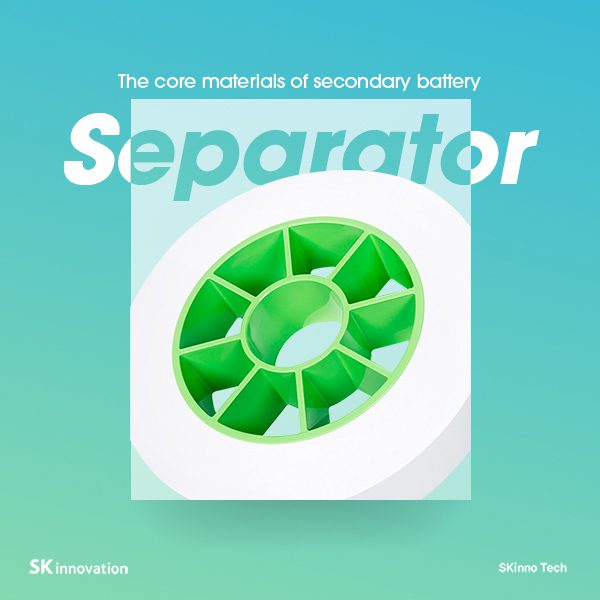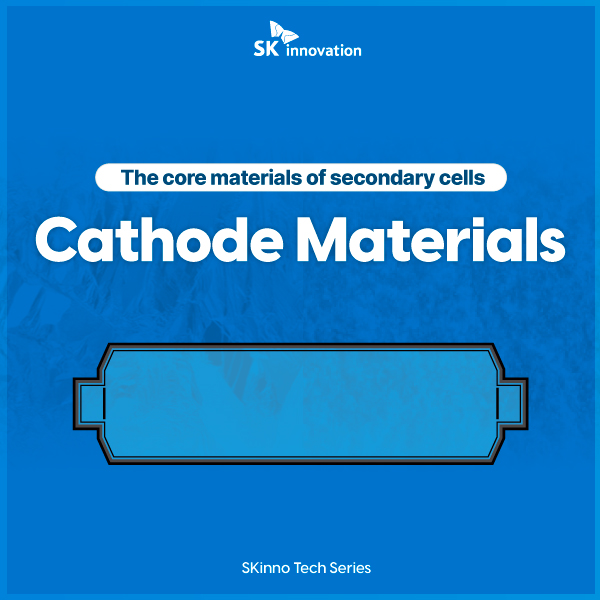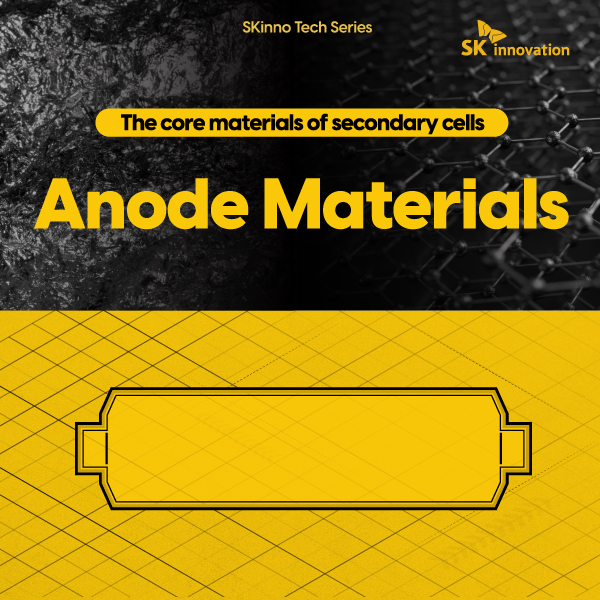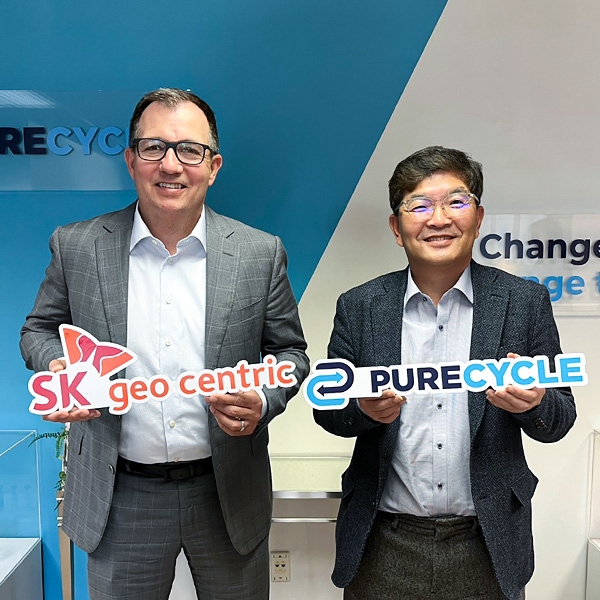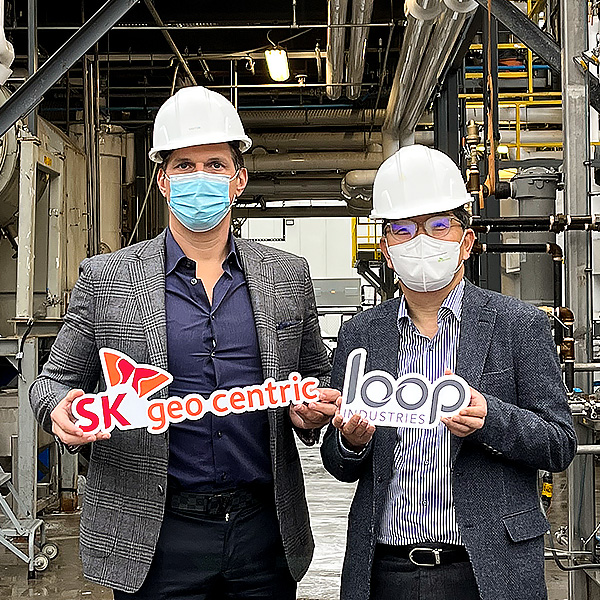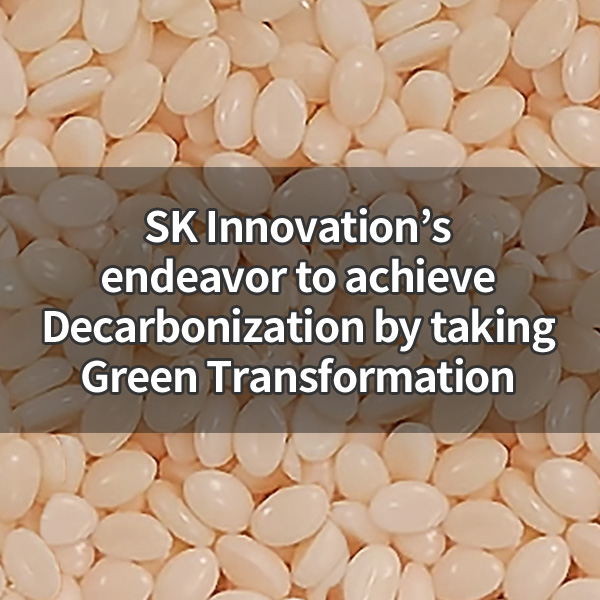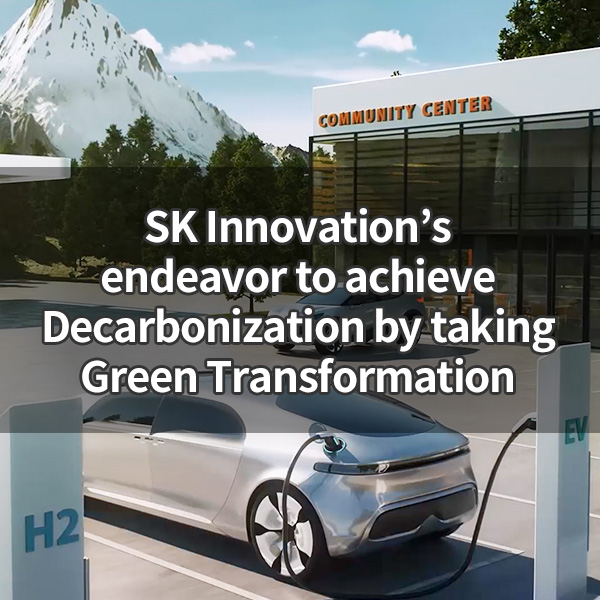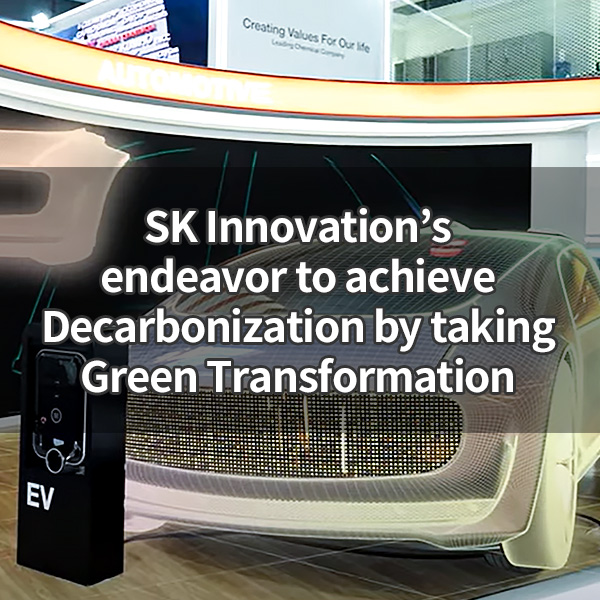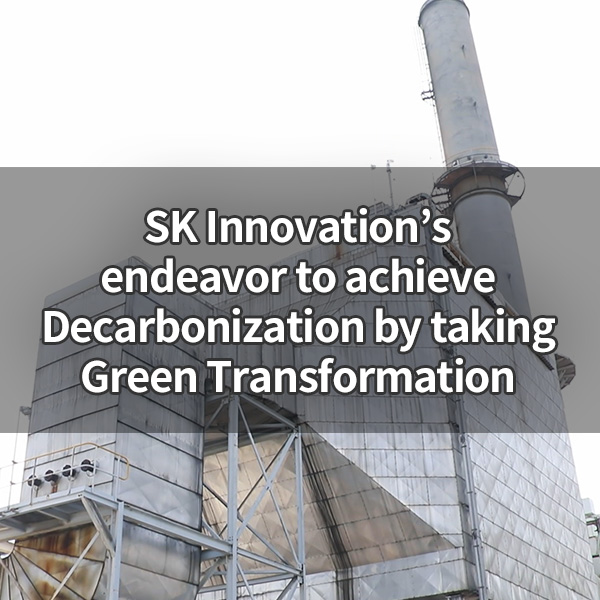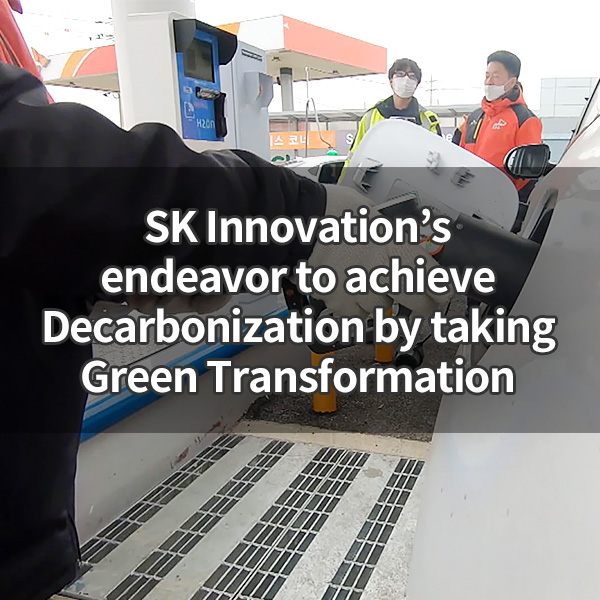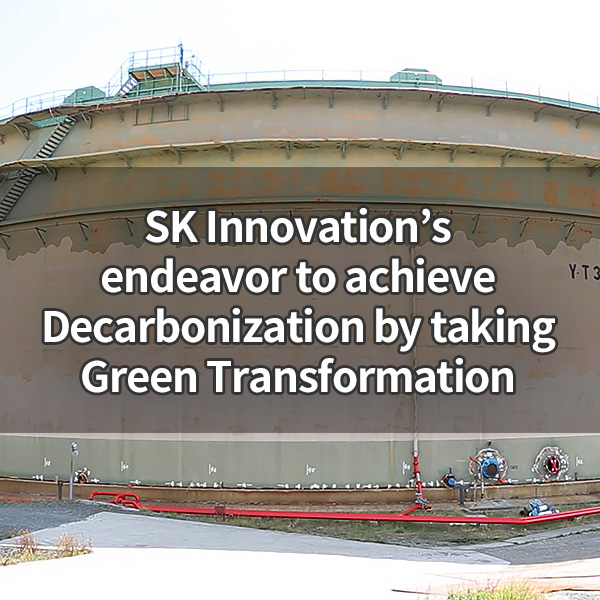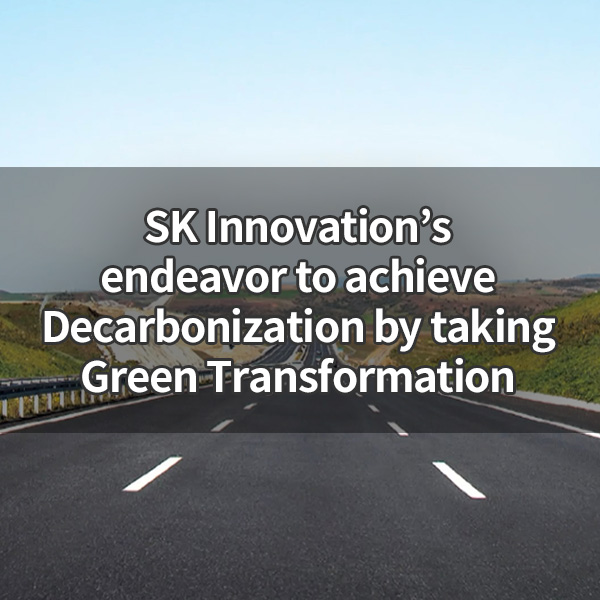2024.09.24
 Series
Series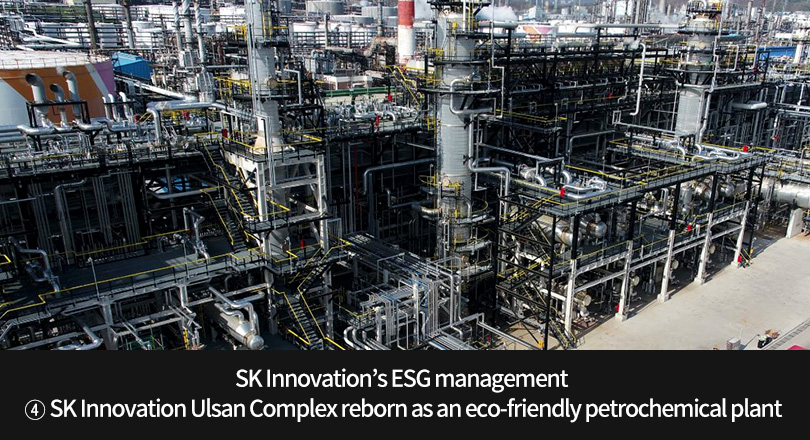
Following our 3rd episode of how SK Innovation is practicing ESG management, this time we visited SK Innovation Ulsan Complex (“Ulsan CLX”), the major production base in Korea of SK Innovation. Let’s find out how Ulsan CLX can obtain a 300 billion KRW operating profit but also reduce environmental pollution through ESG management.
01 | The Vacuum Residue Desulfurization System (VRDS)
Ulsan Complex was built on a site of about 8.3 km2. It is the largest oil refinery and petrochemical complex in Korea, where the refinery, petro-chemistry, and lubricant plants of SK Energy, SK Global Chemical, and SK Lubricants, subsidiaries of SK Innovation are clustered. In November 2017, SK Energy, an oil refining subsidiary of SK Innovation, decided to establish the Vacuum Residue Desulfurization System (VRDS), which is worth 1 trillion KRW, in Ulsan Complex to respond to IMO 2020(1) proactively. VRDS is a facility that produces that produces light oil and low sulfur oil by generating hydrogenated desulfurization reaction using vacuum residue (VR) under the vacuum distillation process as a raw material, which is mainly used for ships. Replacing high sulfur heavy oil with low sulfur heavy oil reduces sulfur oxide emissions by about 86% per ton.
(1) IMO 2020: The International Maritime Organization, which has 174 countries as members, has significantly strengthened the upper limit of sulfur content in ship fuel oil from 3.5% to 0.5% from January 1st, 2020.
Ulsan Complex VRDS was completed at the end of January this year, three months earlier than the initial plan. It took more than two years to finish the construction because it is a facility integrated with intensive green technology.

▲ VRDS of Ulsan Complex completed at the end of January this year
For this, the Ulsan Complex demolished existing facilities, such as Jangsaengpo Station, where an oil tanker (railway) in charge of transporting petroleum products was located and built VRDS on this site. The total area of the VRDS plant reaches 25,000 pyeong, and its length is about 900m. The total length of the pipes connecting the facilities is 240 km, 287 times the height of Baekwoondae in Bukhan Mt. Besides, the length of the cables used for electrical work is 1,100 km, three times the distance between Seoul and Ulsan. The total weight of the components reached 28,000 tons, equivalent to 1,867 tourist buses of 15 tons.
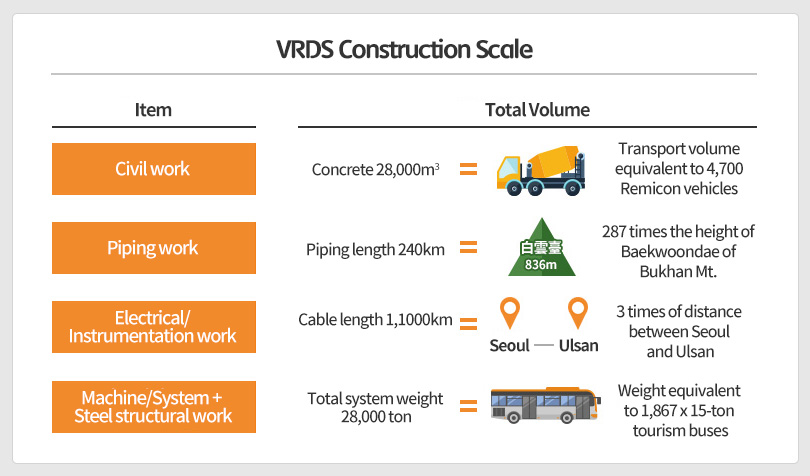
An employee of Ulsan CLX said, “It took high cost and time, but it was a necessary investment to respond to IMO 2020, the strongest shipping regulation in history. With the operation of VRDS, we can expect the effect of increasing operating profit by 300 billion KRW a year.”
02 | Ulsan CLX stands at the forefront to achieve Green Balance 2030
The oil refining and chemical industries often have negative image because they pollute the environment by emitting carbon dioxide and pollutants during the production process. Ulsan CLX believed this perception should be fundamentally changed for its ESG management, and thus it introduced “Green Balance 2030”, the essential strategy announced by SK Innovation last year.
The core agenda of Ulsan CLX to achieve Green Balance 2030 is called “Must Environment.” A typical example of “Must Environment” practice is the removal of the clay adsorption facility in the ATA (Advanced Trans Alkylation) process to convert low value-added aromatics into high-value aromatic products such as benzene and xylene.
The clay adsorption facility has the function of removing impurities such as olefin components in the product. It was known that it is crucial to remove the olefin component because it has a major effect on the color of benzene, toluene, and xylene, and thus influences the product standard.
The No. 2 PX (Paraxylene) plant with an ATA process had a clay adsorption facility, whereas the more recently completed No.3 PX plant of UAC (Ulsan Aromatic Corporation) did not. Therefore, Kwon Hyuk-jun, a manager of SK Global Chemical’s Basic Chemical Tech 2 Unit, who was in charge of the process at that time, shared that he had kept asking himself “Is this adsorption facility necessary?” Kwon predicted that eliminating the adsorption facility alone would reduce energy costs and carbon dioxide emissions. To find the answer for his own question, Kwon collaborated with the production site to analyze numerous product samples and repeat the process simulation to confirm that product performance would not change significantly even if the adsorption facility was removed.
As a result, it was decided that the adsorption facilities that had been used since 1996 was no longer needed. By boldly eliminating the adsorption facilities and adjusting the production process, Ulsan CLX saved energy costs by 430 million KRW per year and succeeded in reducing carbon dioxide emissions by 6 tons per day, i.e. 2,190 tons per year. “In the past, I couldn’t imagine removing a part of process facilities like that. But putting ESG ahead made a big change,” said Kwon. Starting from a small question, Kwon and his colleagues was able to create a tremendous green innovation.
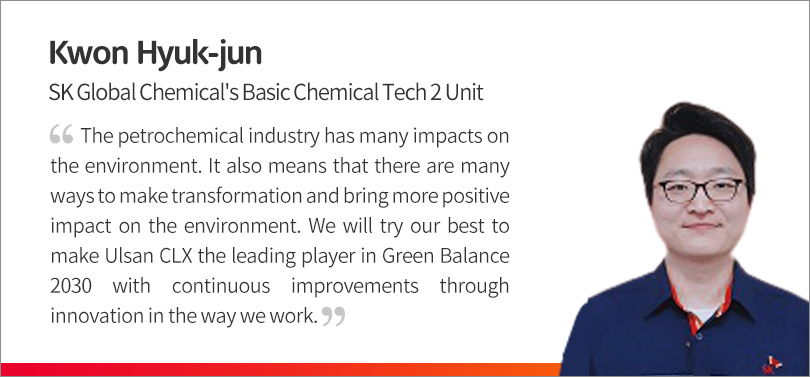
03 | Enhance the process efficiency with ESG management
Another successful example of Ulsan CLX ESG management is the “Automation of heat exchanger cleaning,” which is considered an essential piece of equipment in the crude oil refining process. The role of a heat exchanger is to raise he temperature of crude oil and lowers petroleum products’ temperature, making it easier to store crude oil and petroleum products. About 3,000 units of heat exchangers are installed in Ulsan CLX. Heat exchangers need regular cleaning, and workers at the plant had to manually clean them with high-pressure hoses after removing and transferring them. Therefore, the use of a large amount of water and long working hours were inevitable.

▲ The “Automatic heat exchanger cleaning system” that dramatically improved time and water usage
To solve this problem, Ulsan CLX introduced a system that can clean the heat exchanger with mechanical equipment automatically in May. As a result, the average working time per unit was reduced from 6 hours to 3 hours, and the washing water used for more than 900 tons per day was also reduced by more than 400 tons. Ulsan CLX drastically improved time and water consumption by introducing a new system and created social value in the environmental field.
Furthermore, the comprehensive wastewater treatment plant was also extensively renovated. As Ulsan CLX is in contact with the Gosa river and Ulsan Bay, water quality management is inevitably essential. Ulsan CLX’s comprehensive wastewater treatment plant purifies the wastewater from oil refining and chemical processes and discharges it as the second-grade water level. Winter birds were constantly flying in the Gosa River, which is flowing in front of Ulsan CLX. This proves that the ecosystem of the Gosa river is healthy.
“ESG management should be implemented as a routine innovation process rather than a grand slogan.
Through this, not only environmental protection but also process efficiency and productivity
improvement can be achieved.”
As the Ulsan CLX employees said at the site, Ulsan CLX strives to achieve Green Balance 2030 through daily innovation and further practice for ESG management.










 Youtube
Youtube Facebook
Facebook Instagram
Instagram Linkedin
Linkedin









